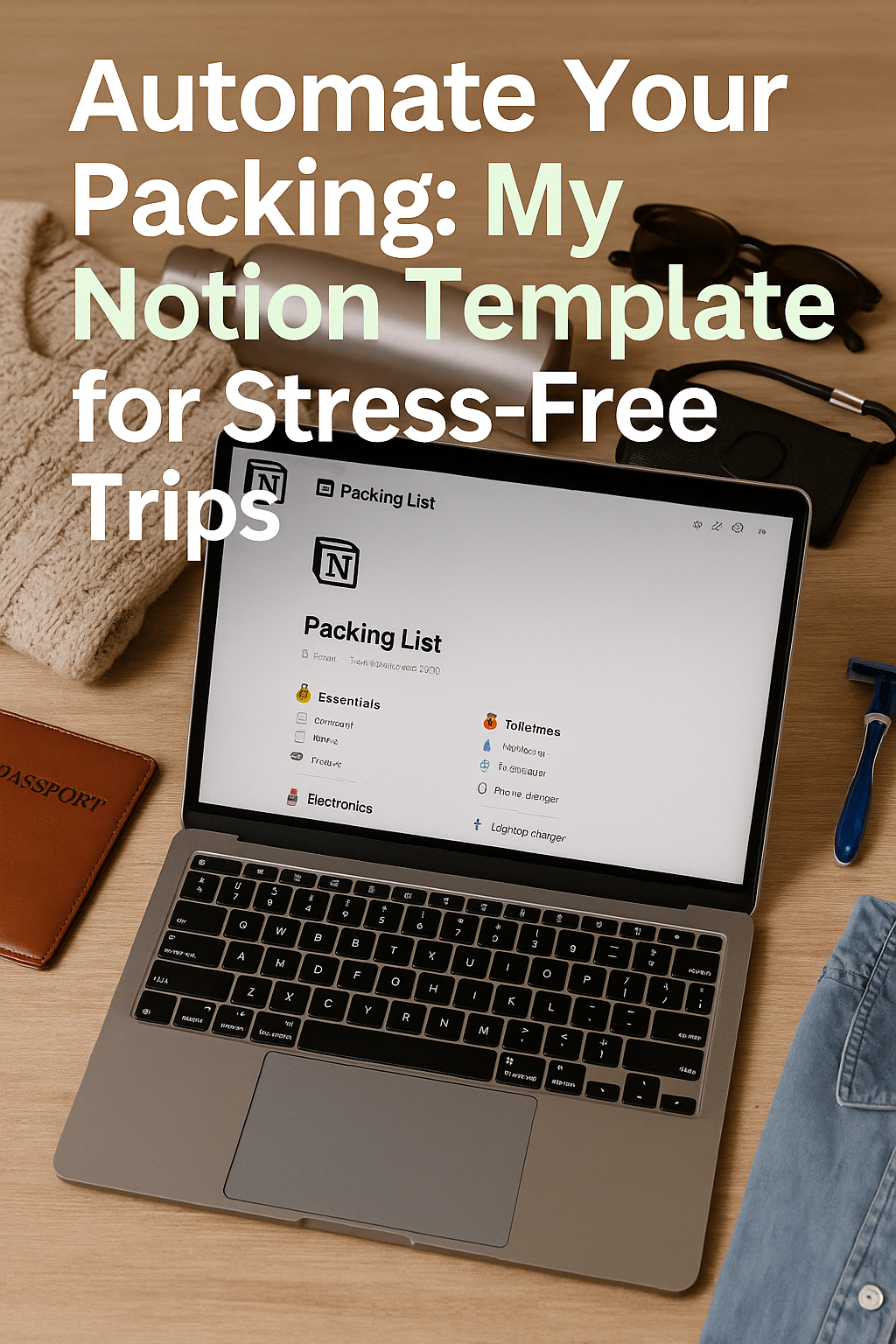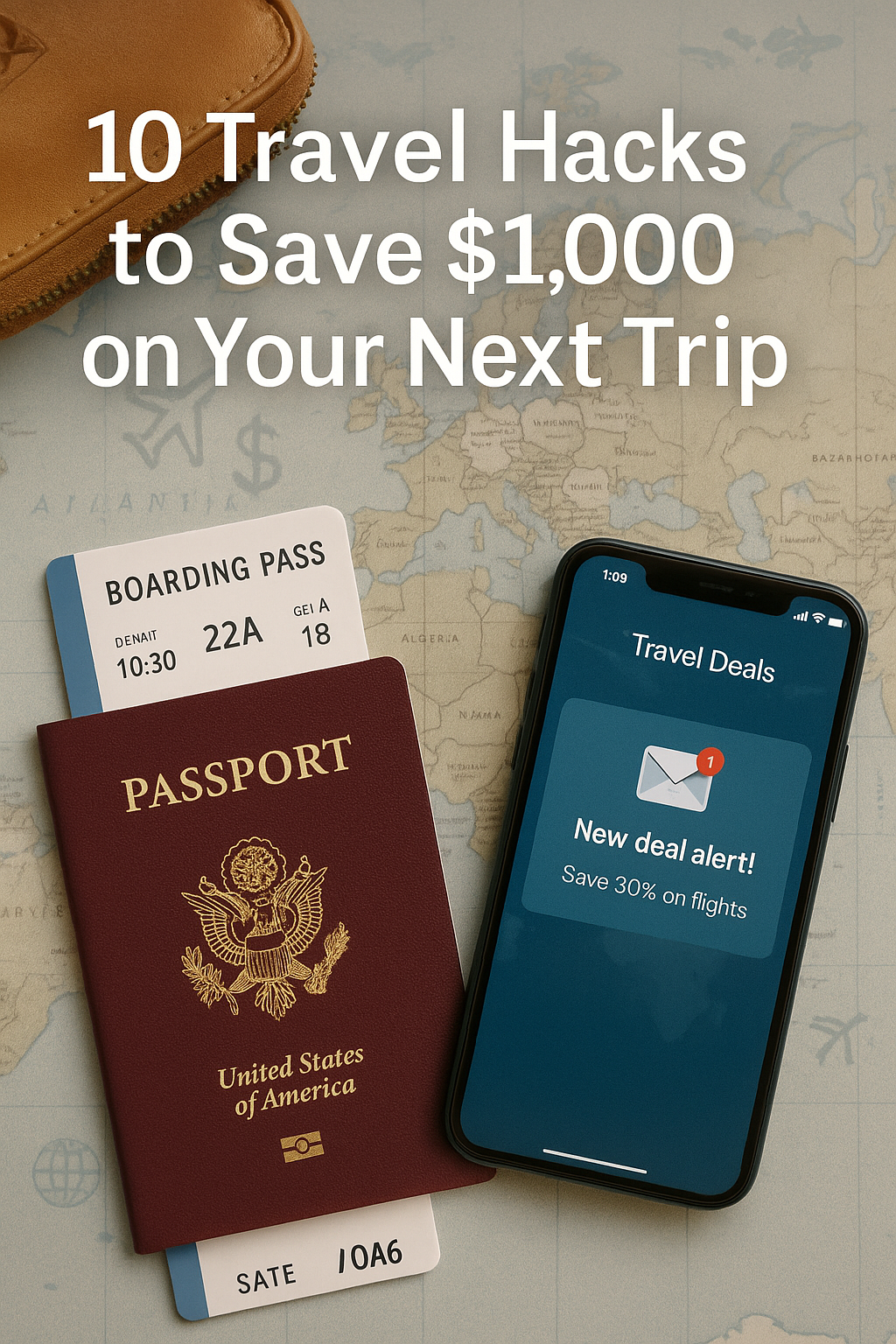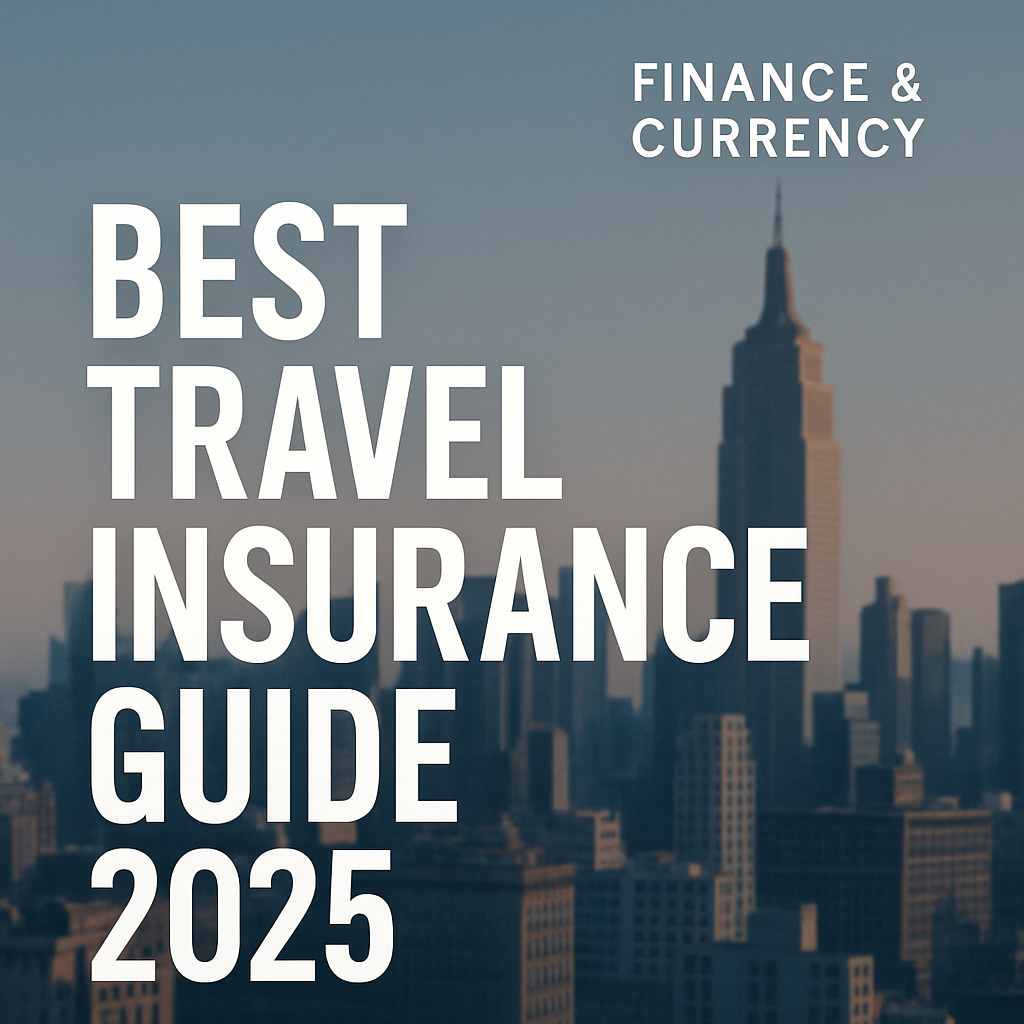Show subscribers how to use a customizable Notion template to plan, organize, and automate every aspect of packing—eliminating stress and forgotten items.
Introduction
Packing can feel overwhelming: did you remember chargers, travel documents, or the right adapters? With this free Notion template, you’ll automate your packing list so every trip—whether a weekend getaway or a month abroad—goes off without a hitch.
1. Get the Notion Template
- Why it works: Notion lets you create dynamic checklists, sync between devices, and duplicate templates instantly.
- Action:
- Click the “Duplicate” button on the template page.
- Add it to your own Notion workspace.
2. Understand the Template Structure
- Sections:
- Essentials: Passport, wallet, phone, chargers
- Clothing: Tops, bottoms, layers, footwear
- Toiletries & Health: Medications, toiletries, first-aid kit
- Tech & Documents: Laptop, adapters, printed confirmations
- Miscellaneous: Snacks, reusable water bottle, travel pillow
- Features:
- Auto-check “Done” items
- Smart filters (e.g., items for cold climates)
- Estimated weight & volume fields
3. Customize for Your Trip
- Action Steps:
- Open the template and edit the “Destination Profile” at the top (climate, trip length, activities).
- Use the filter button to show only items relevant to that profile.
- Add any personal items under “Miscellaneous.”
4. Automate Reminders & Packing Status
- Why it matters: Prevent last-minute scrambles.
- Setup:
- In Notion, click the “…” menu → Templates → Configure reminders.
- Set a packing reminder 3 days before departure.
- Enable mobile notifications in Notion’s settings.
5. Share & Collaborate
- Benefit: If you’re traveling with friends or family, everyone can view and tick off their own items.
- Action:
- Click Share in the top-right of the Notion page.
- Copy the link and send to your travel companions.
- Grant “Can edit” or “Can comment” access as needed.
Conclusion & Next Steps
With this automated Notion packing system, you’ll never arrive underprepared again. Duplicate the template now, set your departure reminder, and enjoy stress-free travels.
CTA:
- Get the Free Notion Template ▶ Duplicate in Notion
- Need more travel hacks? ▶ Subscribe to our newsletter for monthly toolkits


